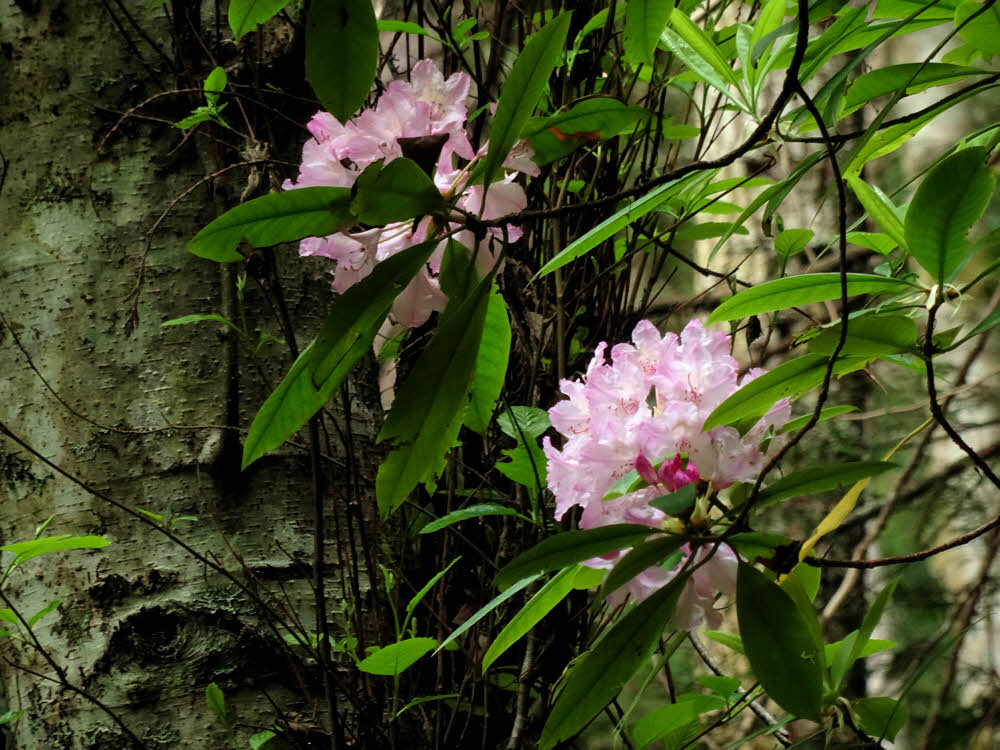
I'd almost forgotten I had these photos. From May 26 to May 28, last year (2015). May seems early on the face of it, but winter brought little snow and spring was dry, which sounded like a good invitation, so I went up the Dungeness River. The rhododendrons were in bloom.

Here's the general area. SE of Port Angeles, south of Sequim.
The older and less energetic I get, the less I feel like hammering trails. I like hiking and backpacking, but I realize that moving fast and moving hard means missing most of what is out there.

And here is my route — not long. Just right.
And isn't seeing what is out there the point? Seeing it, smelling it, tasting it, living it. I think so. I'm moving toward slow packing. Not fast packing. Not mega mileage. Not aiming for a personal best.
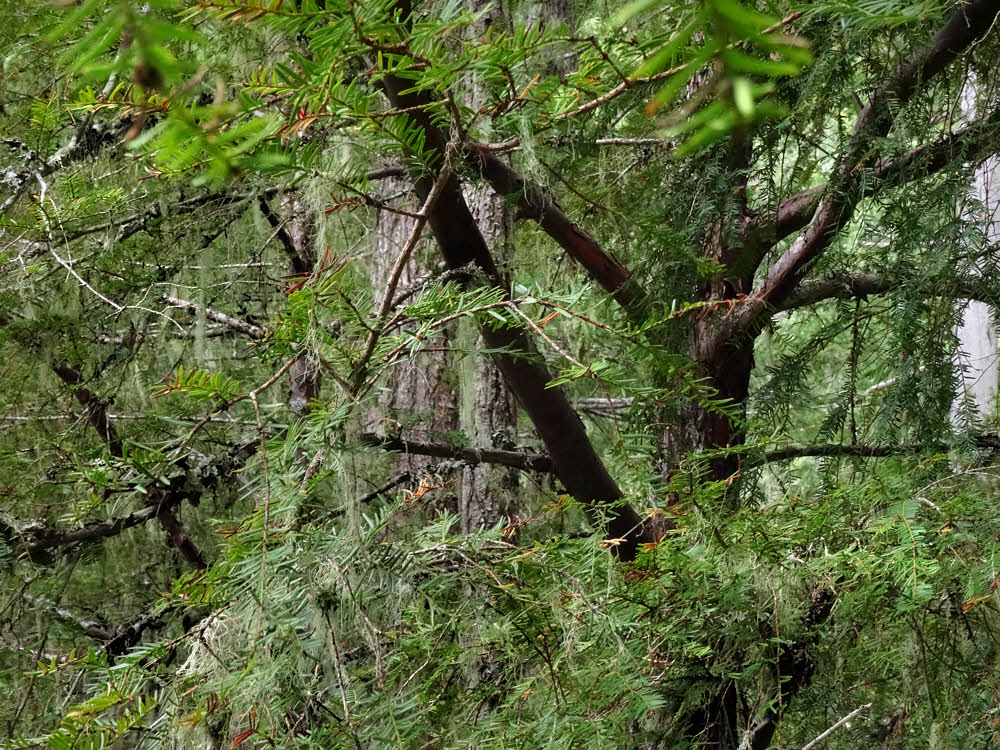
Whatever personal best is any more. Personal best relates to competition. I'm not competitive. I hate competing.
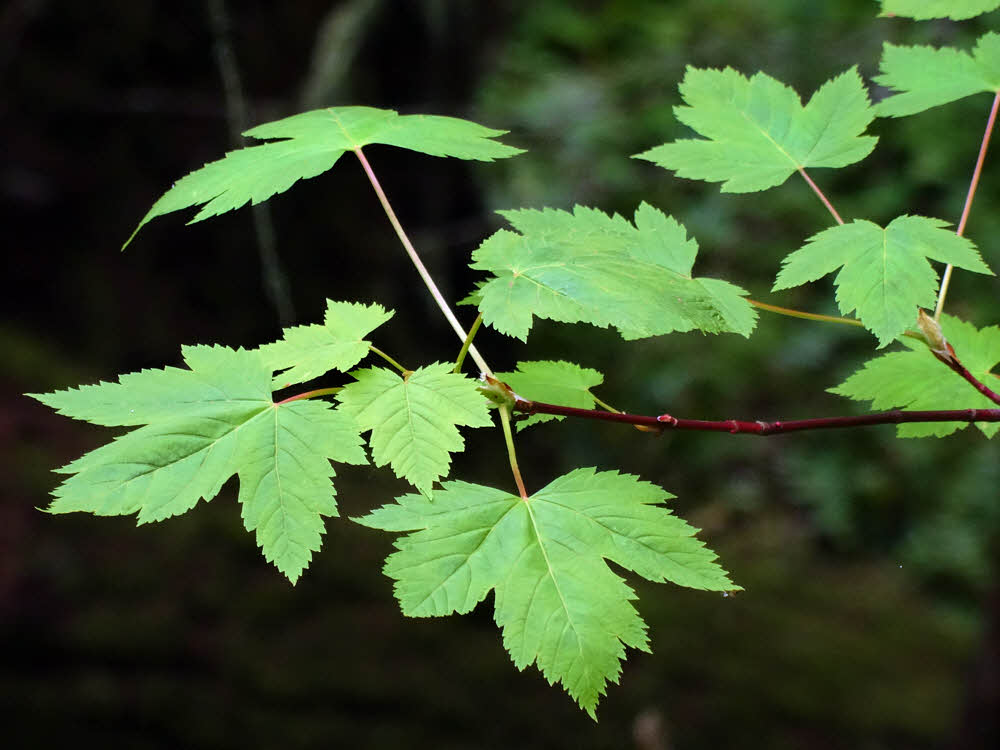
The only competing I've ever been interested in is that against the clock, not against anyone else. It's more like a matter of efficiency, almost of cleanliness. Do well and you can say I cleaned it and feel good. No one loses, but you still win. See?
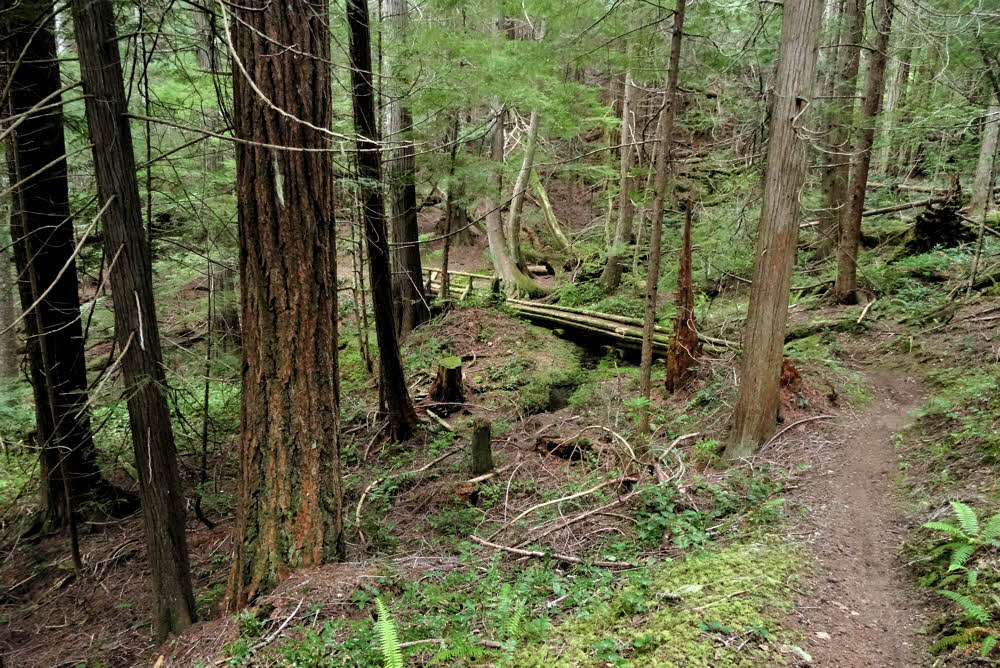
Efficiency, smooth operation, the satisfaction of planning and then letting your execution unwind and lie right square on top of that plan. Sweetness.
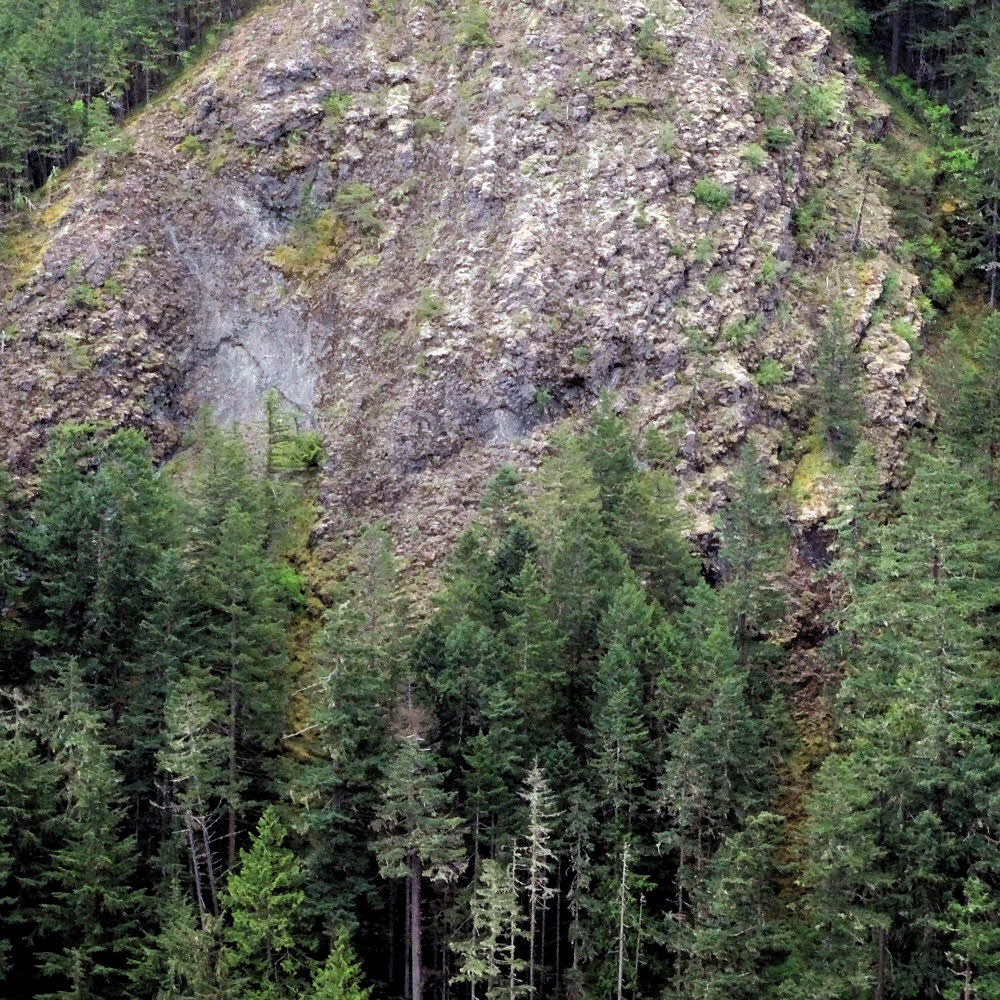
The kind I like anyway. I do get pleasure from that, from understanding what I want to do, what I'm capable of, what will work, and then expressing that understanding by going out and doing it.
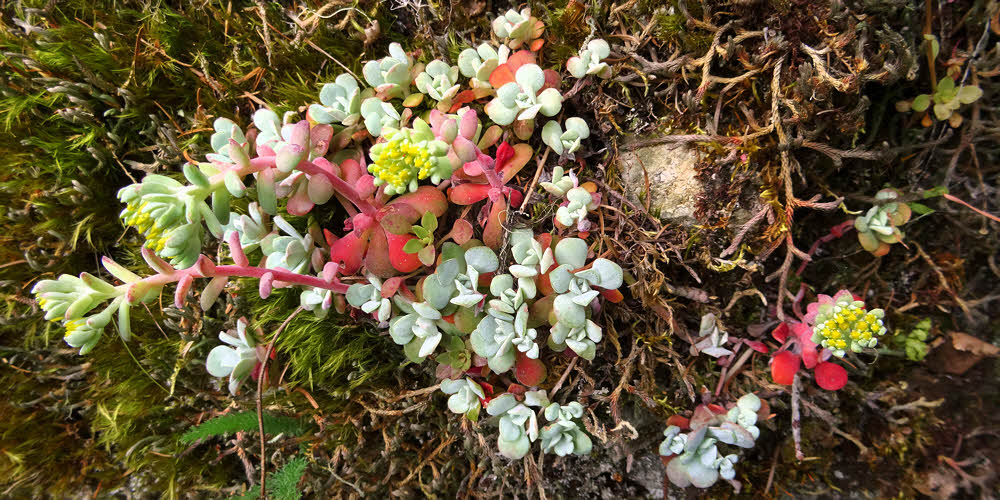
Not by beating someone else, or someone else's record. You have to wonder how backpacking became a competitive sport. Maybe it's a sign that resources are limited now — less wilderness, less open space, no unexplored land any more, so the whole perspective changes. Being there isn't enough.
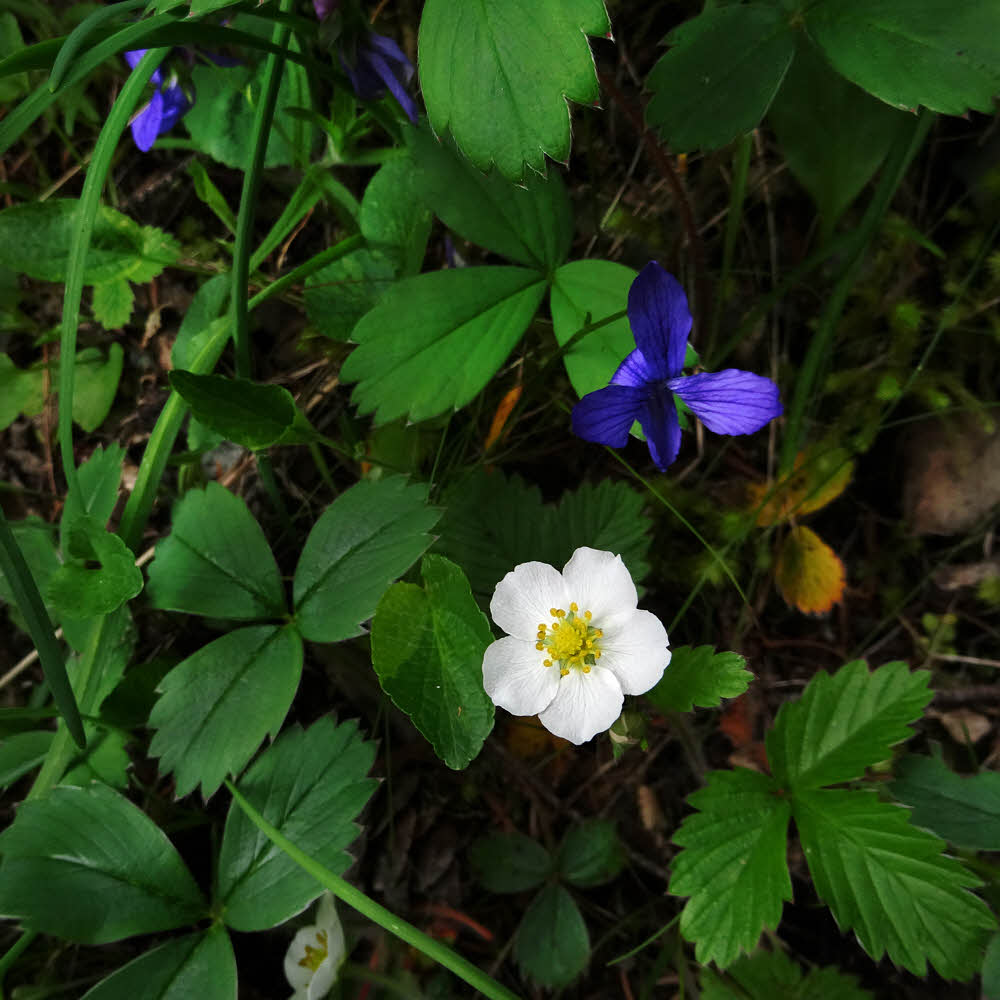
You have to make your mark, headline, get a score, either a score you assign yourself or one that everyone else has to recognize because you've documented it, been timed, received certification, circulated press releases.
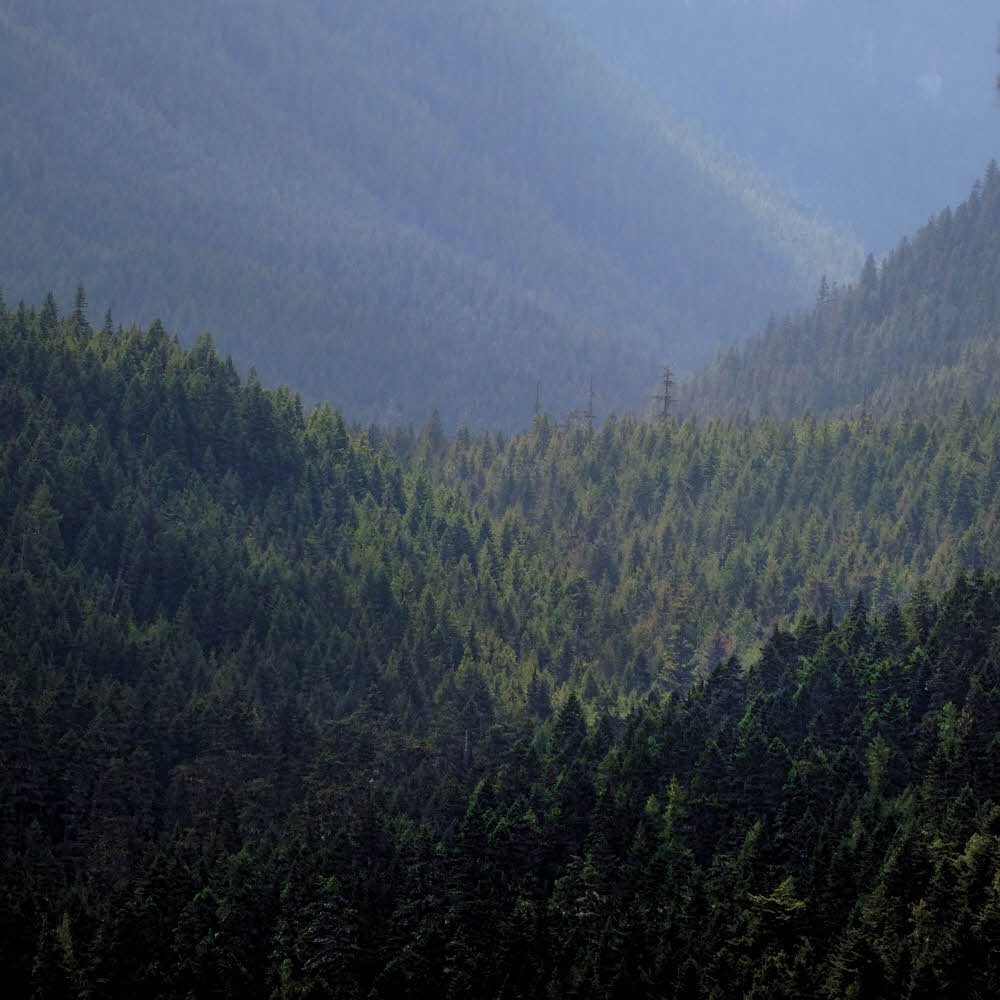
Getting older, then, has at least some benefits. One of these is learning to live with limitations. Which is about as much fun on its own as dropping your wallet down a sewer grating. But then — what? You either go on living as well as you can or you don't.
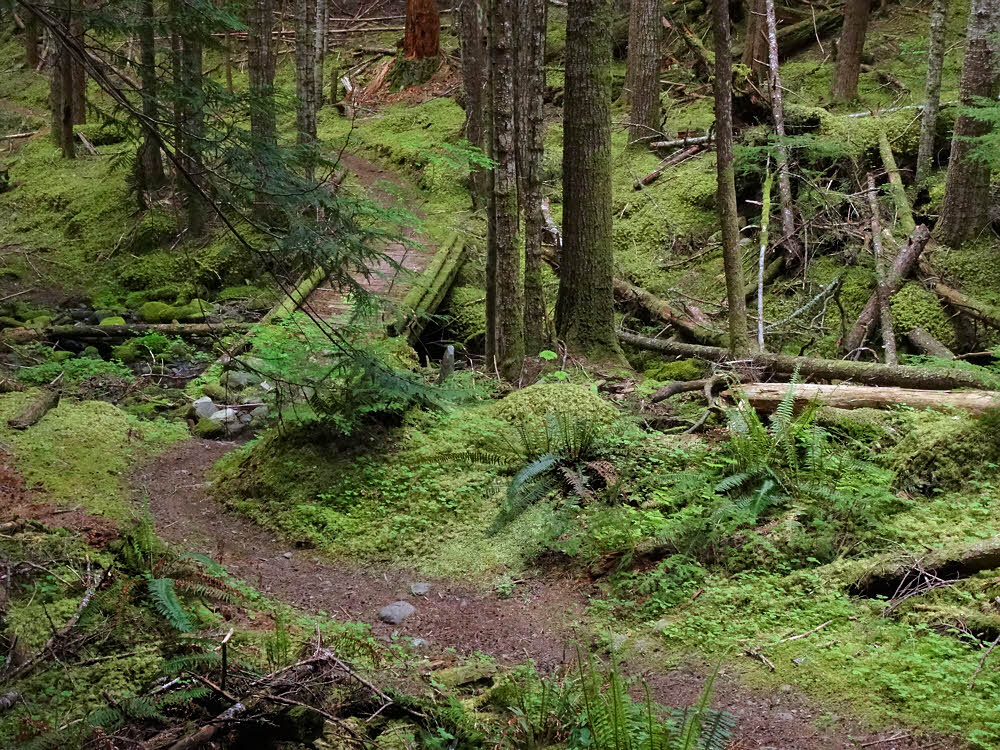
Don't do it as well as you can, or don't do it. You do get to choose.
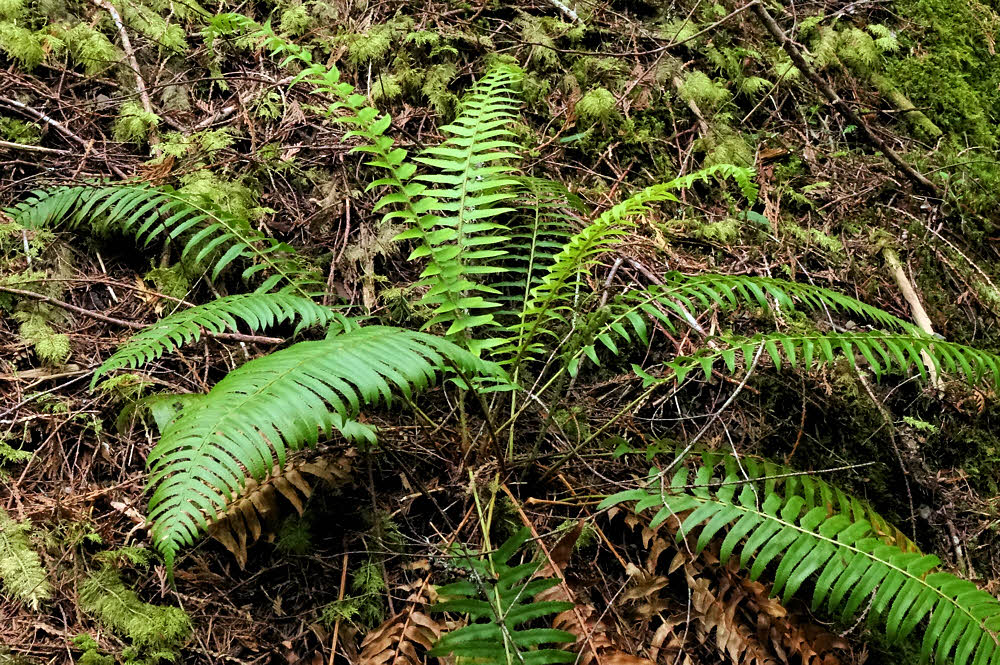
So maybe you alter your focus. Do less and at the same time do more. Slow down. Sleep longer. Do fewer miles and take more breaks. Enjoy the season. Watch what happens.
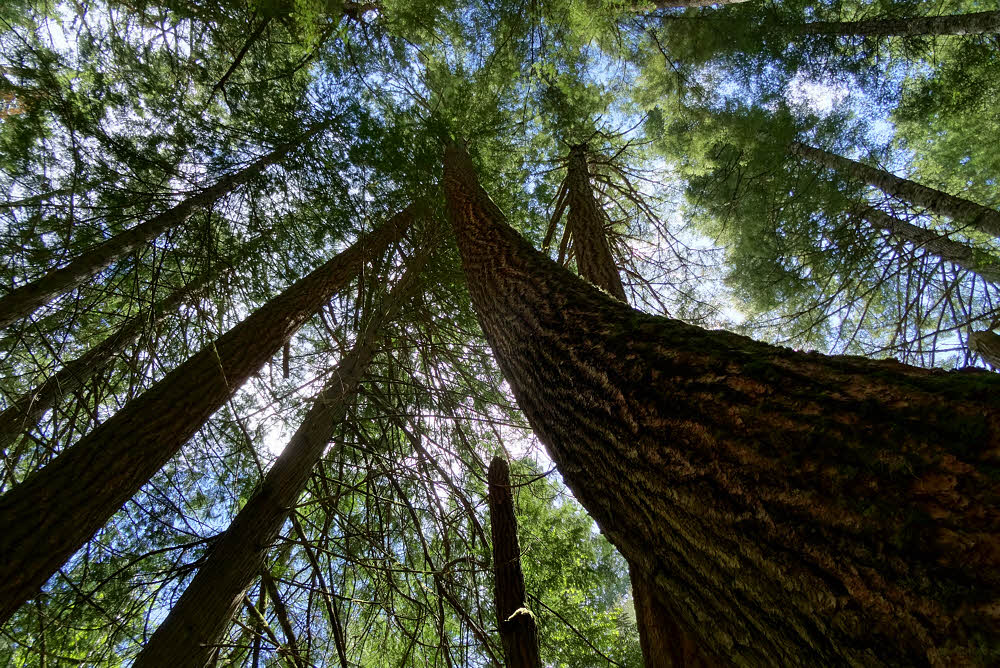
Just watching helps a lot. The absolute best experiences I've ever had have come from paying attention. Sitting still is the best way to see things. Sit still, be quiet, do not expect anything. Something always happens.
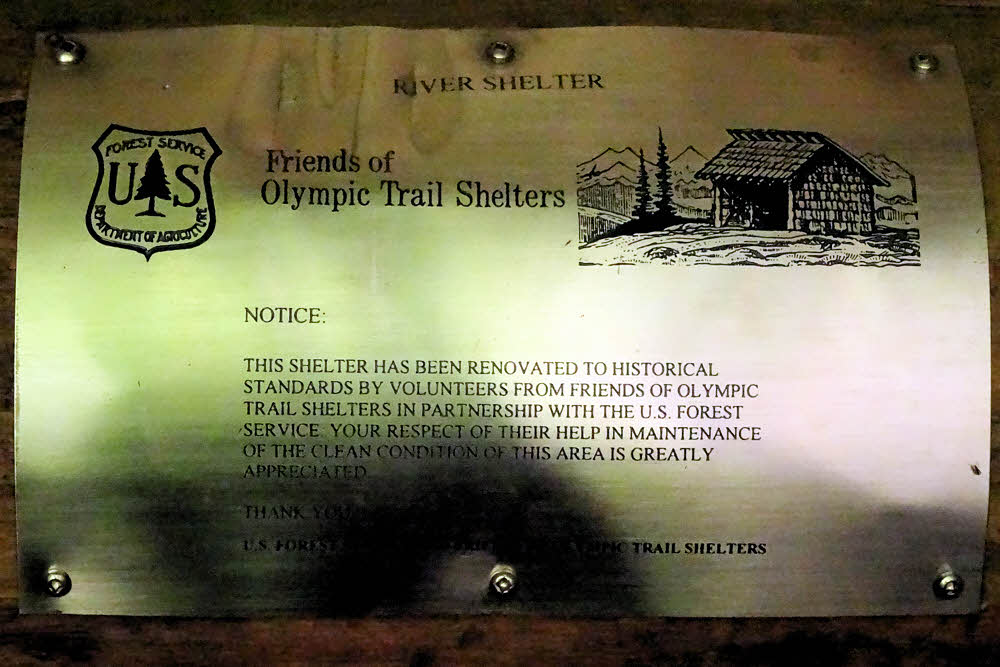
It might be a raven flying upside down or a shrew running over your foot. It might be a rolling cloud passing over and getting hit by the wave of wind it rides. It can be a sudden realization — that you belong here, that you don't belong there, that you are happy or sad or that you finally realize just what you need to have in a pack. Or that you brought the wrong food. Again.

You never know. Stuff happens. That is the first point. The next one is that you need to notice it, and then make the experience a part of your life. You act on it or file it away as something learned, or understand that you now understand.
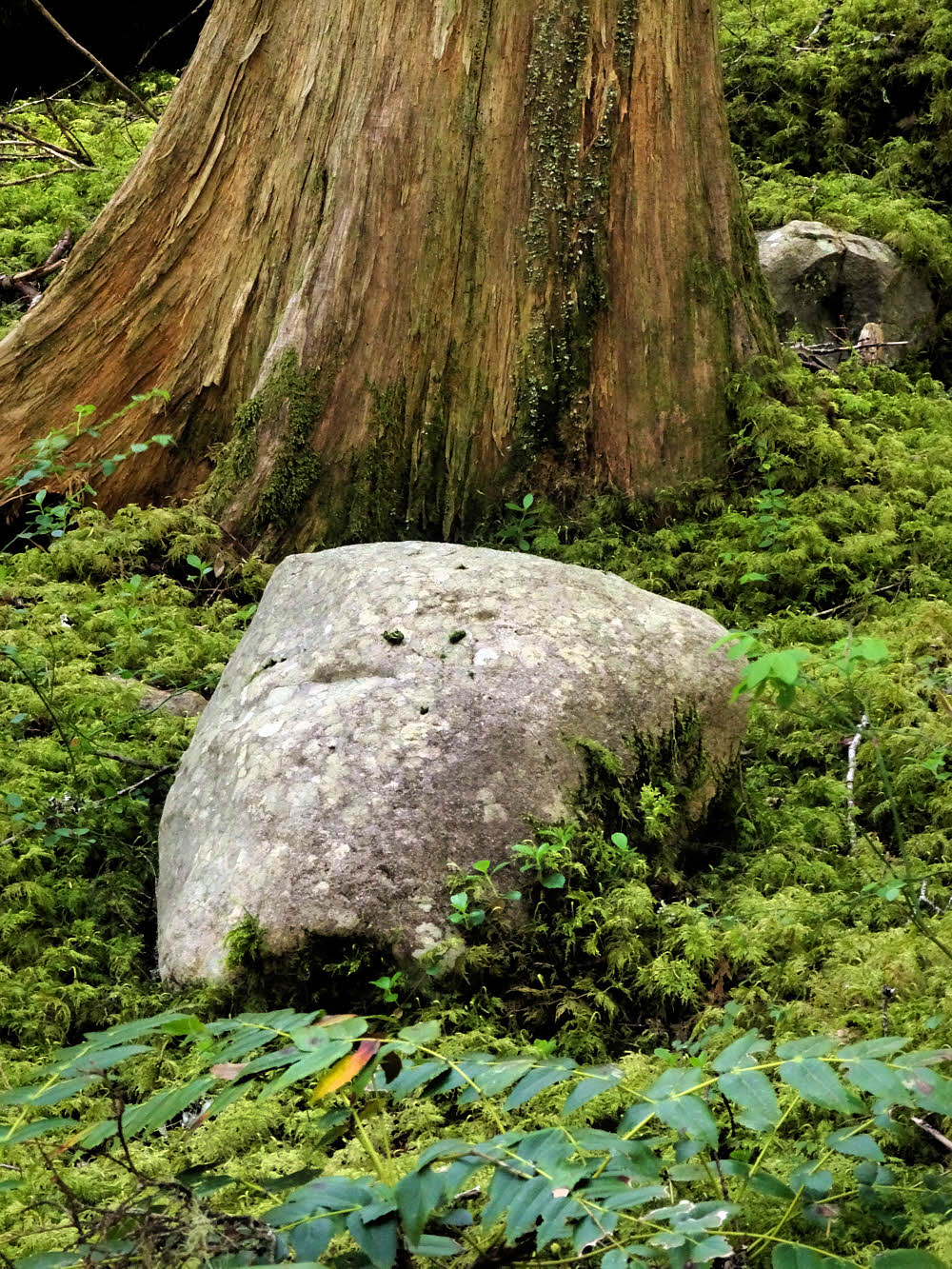
You don't get much of that while scurrying down a trail, one eye on a map and the other on the clock, trying to eat something that came in a crinkly wrapper. If that's what you want to do you might as well go to New York City and sign up for that marathon that consists of doing laps around one single city block. It's a lot simpler and you can take a cab home when it's over. And have a shower. And watch TV, drink beer, and fart in the dark.
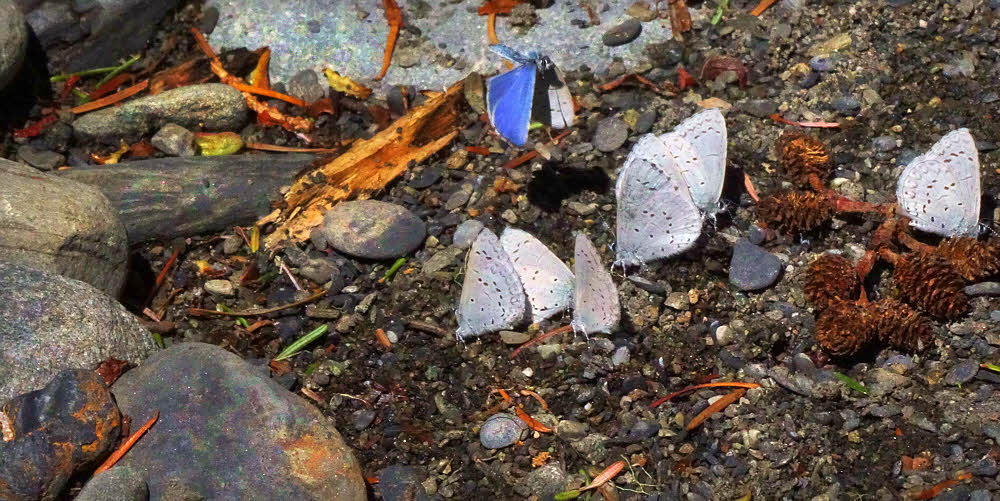
The Dungeness River, then. Let's get to that. Funny.

I first hiked this stretch of trail in 2003 when doing the second half of a 200-mile trip (322 km) in Olympic National Park. How about that?
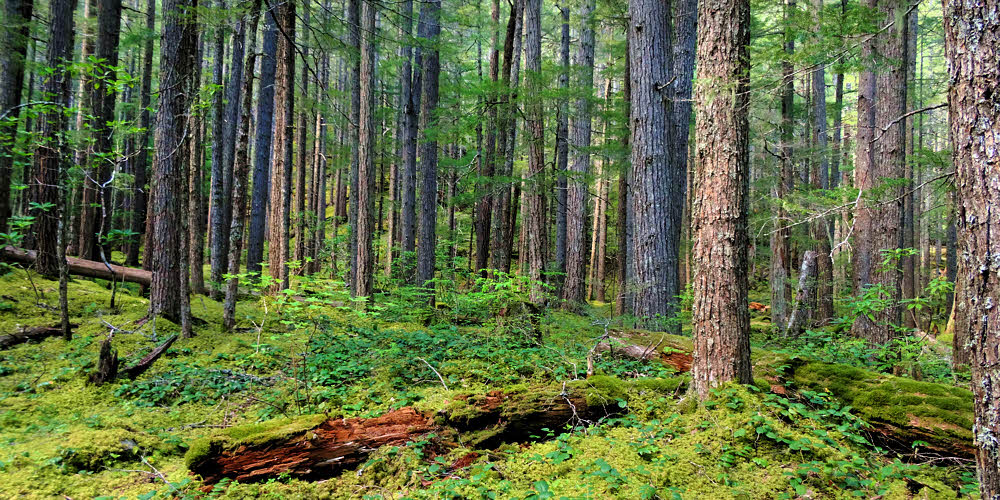
I remember that well. The day before I hiked the last couple of miles up the Wolf Creek Trail west of Hurricane Ridge, hiked out to Obstruction Point, and then out of the park to Slab Camp in the National Forest — 25 miles (40 km) that day. Twenty-five miles in the Olympics is something to brag about, if you want to. Anyway, then it was south along a road until I hit a turnoff and made it to the Dungeness River where I camped again.
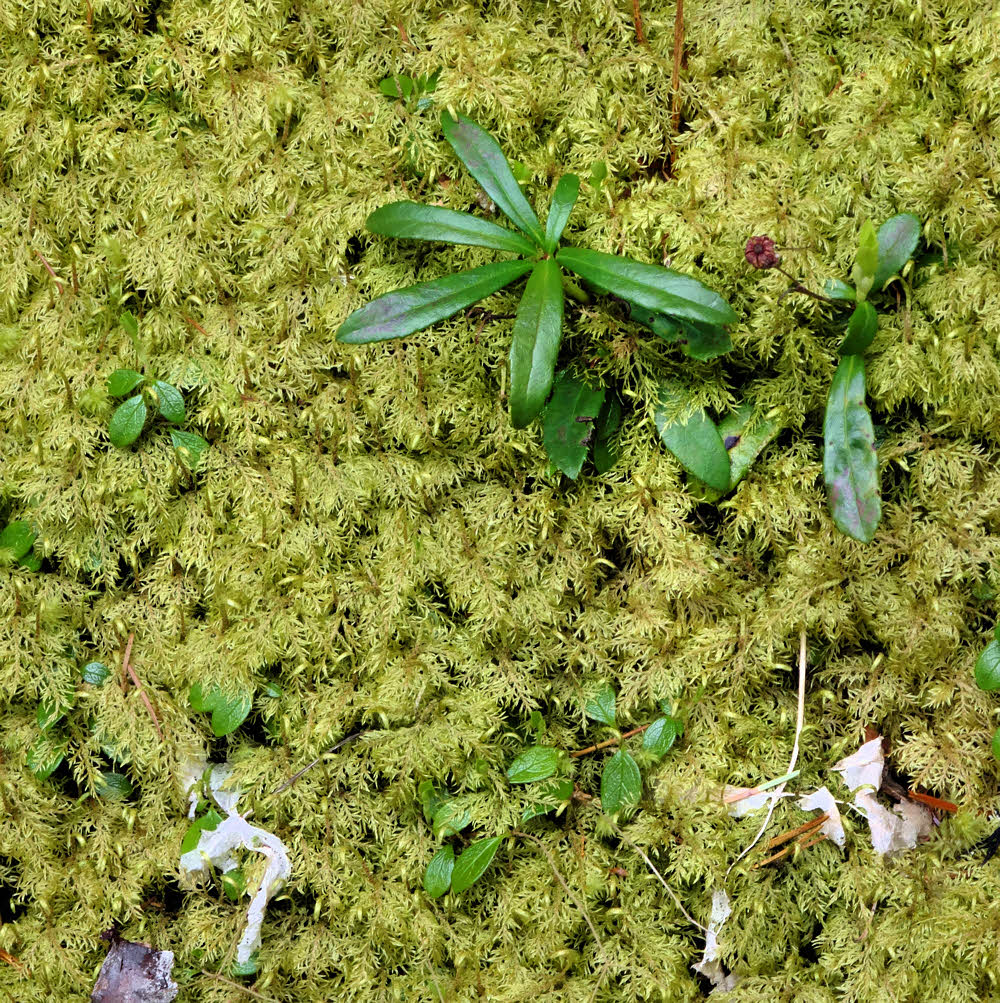
Then up to Constance Pass, and the day after that I dropped south into the Dosewallips River drainage, and from there it was three more days and two nights until done.

But this stretch, along the Dungeness, was nice. Nice but it went by too fast. Things go by too fast when you're walking too fast. And now the area is cut off now by a washed-out bridge and a landslide or two along the Gray Wolf River, so heading east from Olympic National Park into the Olympic National Forest, it's not possible to link up again with Olympic National Park by this route. Which is a shame.

But as a short and strenuous-enough trip (only two nights last May) it is its own miracle. Enough of one for me. Small mirecles are the best.
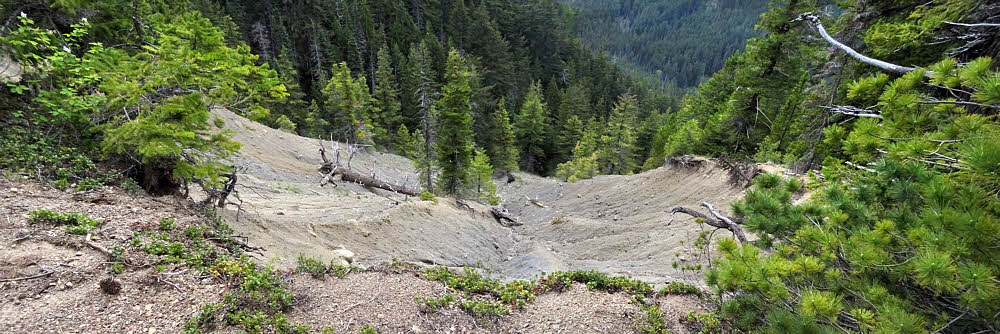
Part of the fun was that the backpackers were not out yet. It was a quiet trip.

I did see a couple of people camped the first day, or rather I saw a vehicle or two and tents, but no people, and that was about it.
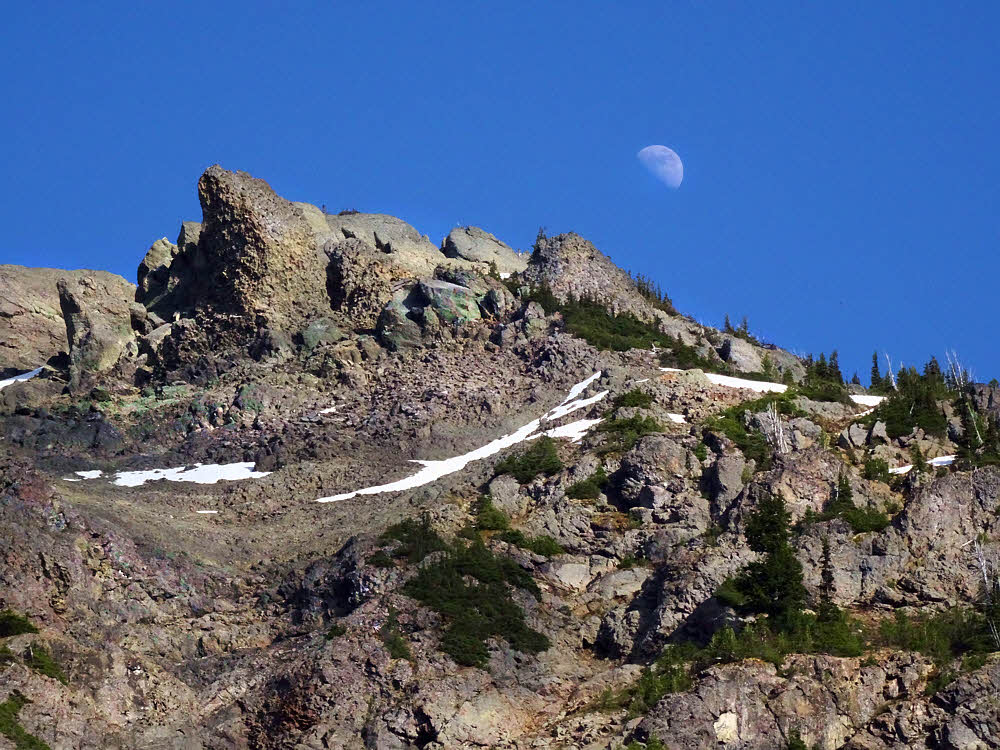
The second day I encountered one solo woman hiking in along the route I used to hike out, and observed a man heading up to the top of Buckhorn Mountain, which looks like a real challenge.
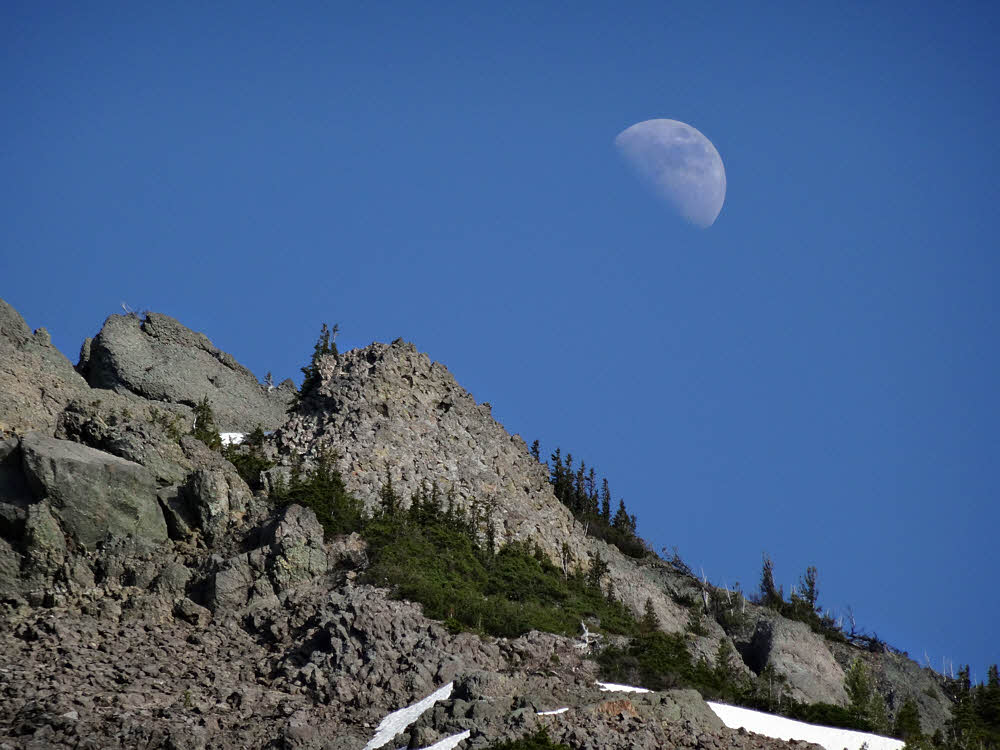
On Day Three I was overtaken by two quiet local bicyclists but otherwise had the whole trail to myself.

That last part of the trail was obviously not much used. It's like a side street of a side street, and there is not much "reason" to go there, unless you want to see what it is, or it happens, as in my case, to make a nice loop. I didn't have to retrace any of my route, which is reason enough to take a small uregarded trail.
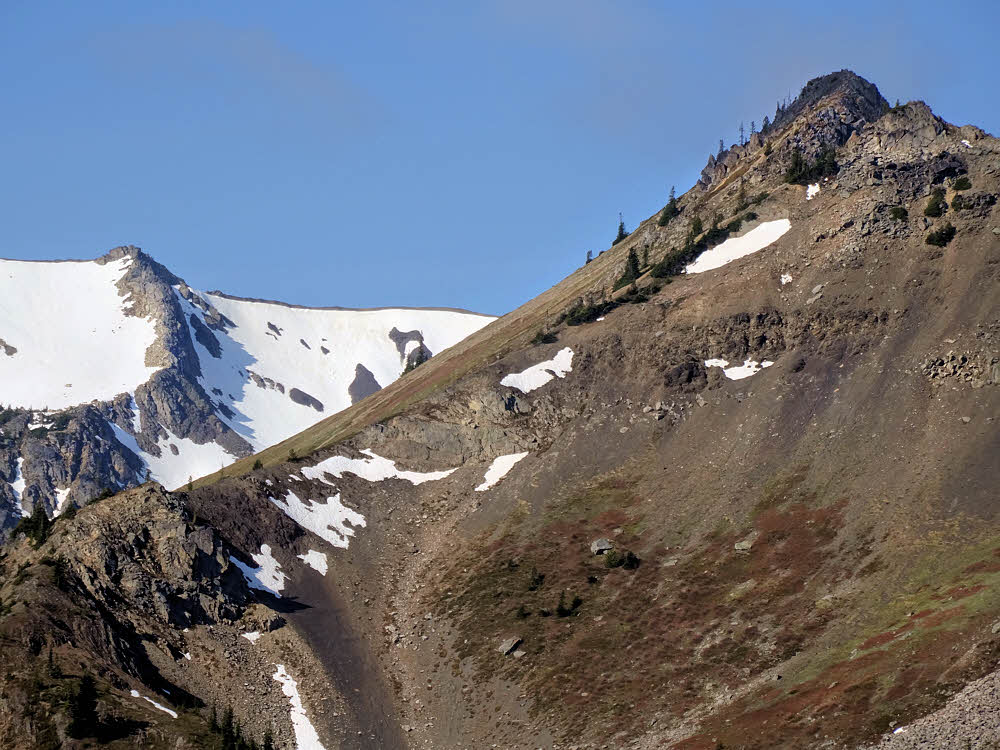
And in between nights one and two I did a quick hop up to Constance Pass — only a mile or two each way, and worth a peek over the edge. Since this pass is in effect cut off from the rest of Olympic National Park, I don't suppose it gets much traffic any more. Things were quiet there too.

I realize that Park staff have their priorities but it is a shame that the route along the Gray Wolf is cut now. It is a really fine walk, but that stretch of trail "only" connects Olympic National Park to a nubbin of Olympic National Forest, and only later and several miles to the south does the Dungeness River trail reconnect with Olympic National Park.
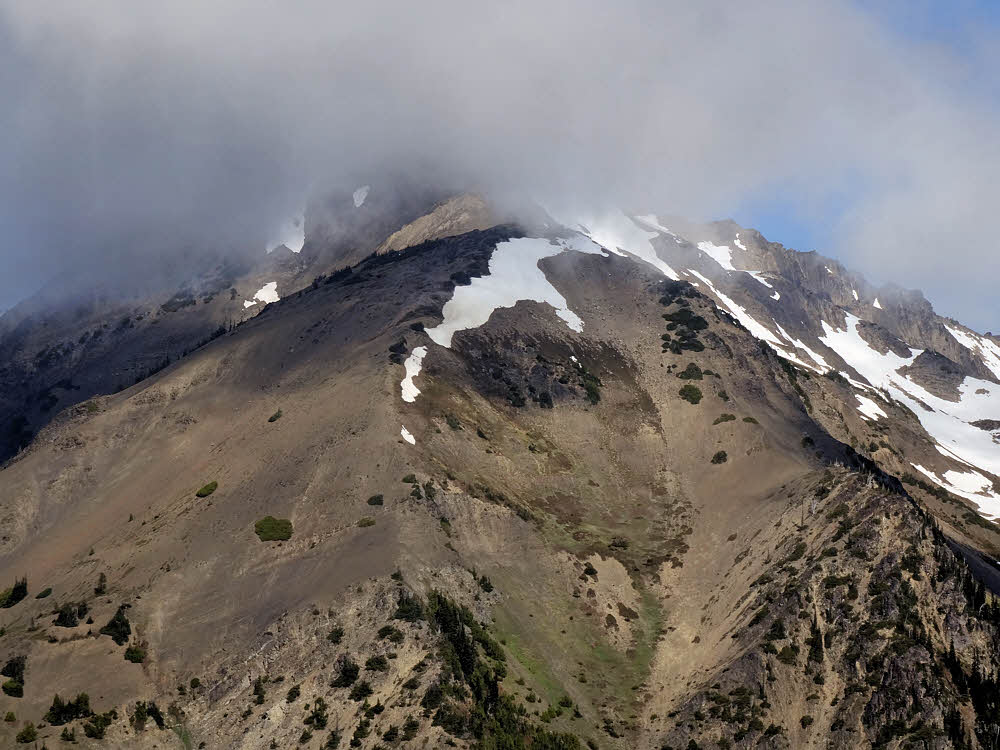
I get that — that connection is peripheral. Staffing and budgets need to go to the big campgrounds and parking lots, the visitor centers, and the most heavily-used parts of the Park. But for me, I'd throw a few bucks into rebuilding the trail and in effect re-expanding the Park by several dozen square miles. This would take some pressure off the rest.
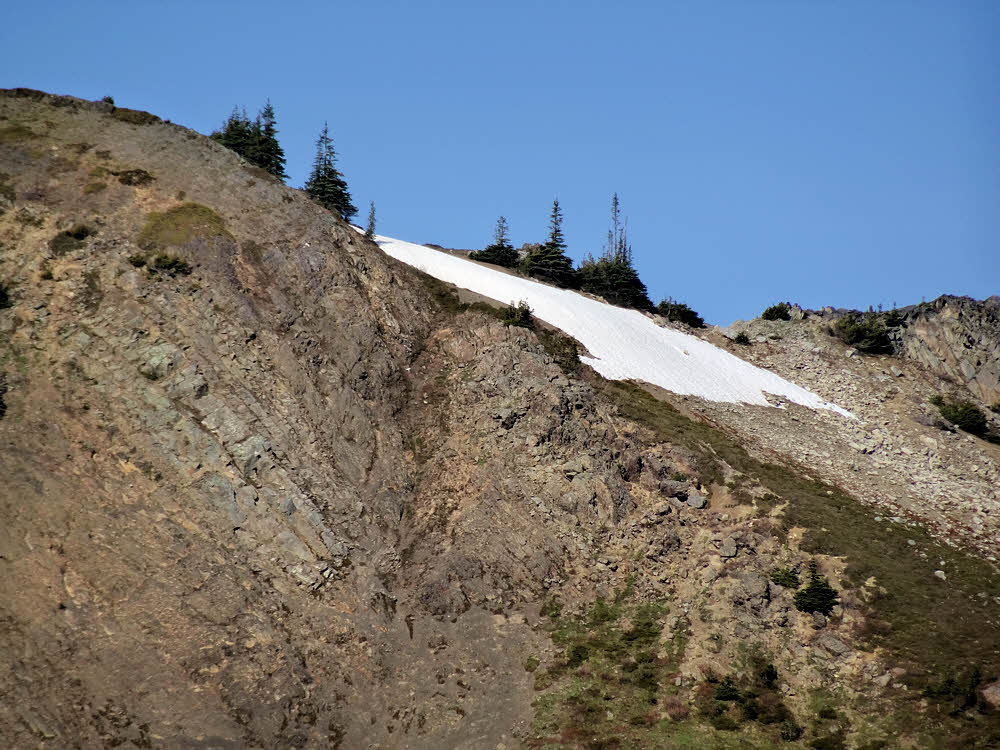
Then again, what do I know? I'm still learning. Everything. Making mistakes. Getting geared up for plenty of false starts and fitful adventures. Being stupid. Wasteful.
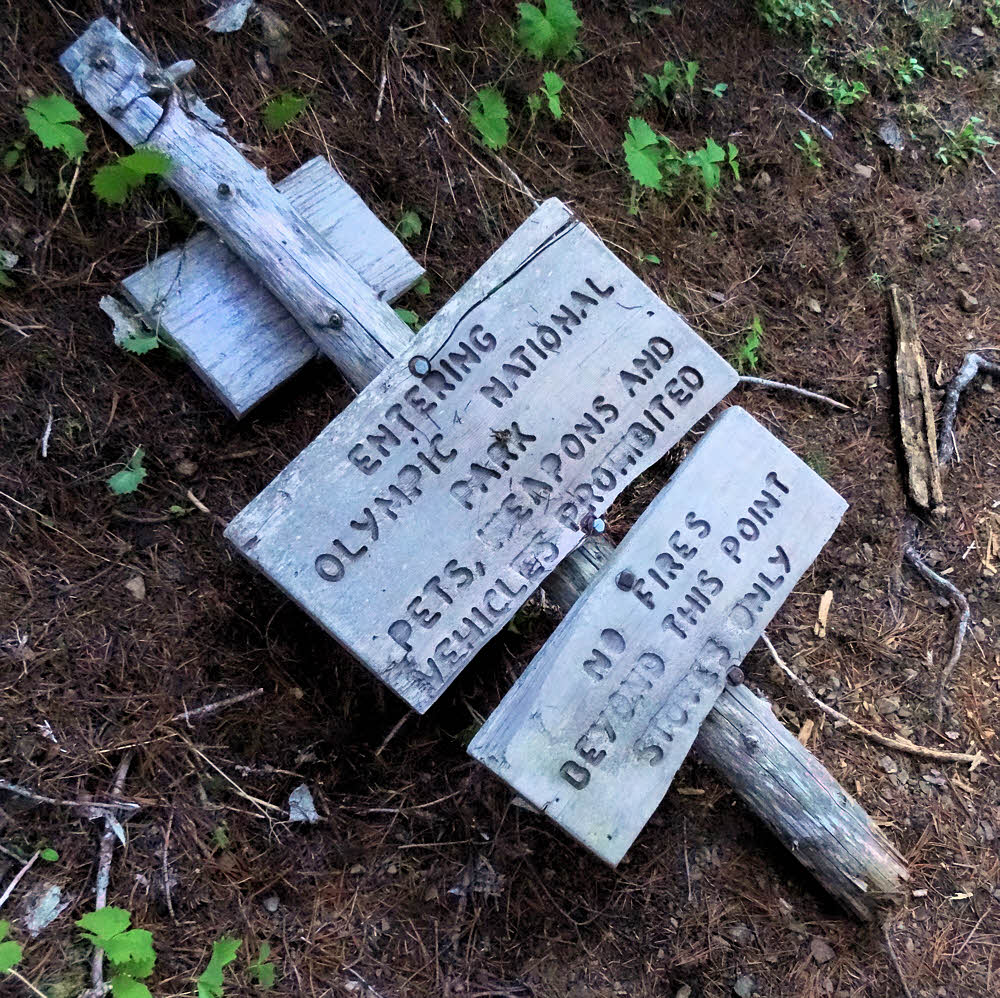
Which is sort of the point, in a way. Fumble and learn. Take it slow and see what's out there. Explore. Don't assume you know it all because you don't. Surprises will happen if you let them. If you make room for them. If you don't simply zoom past.
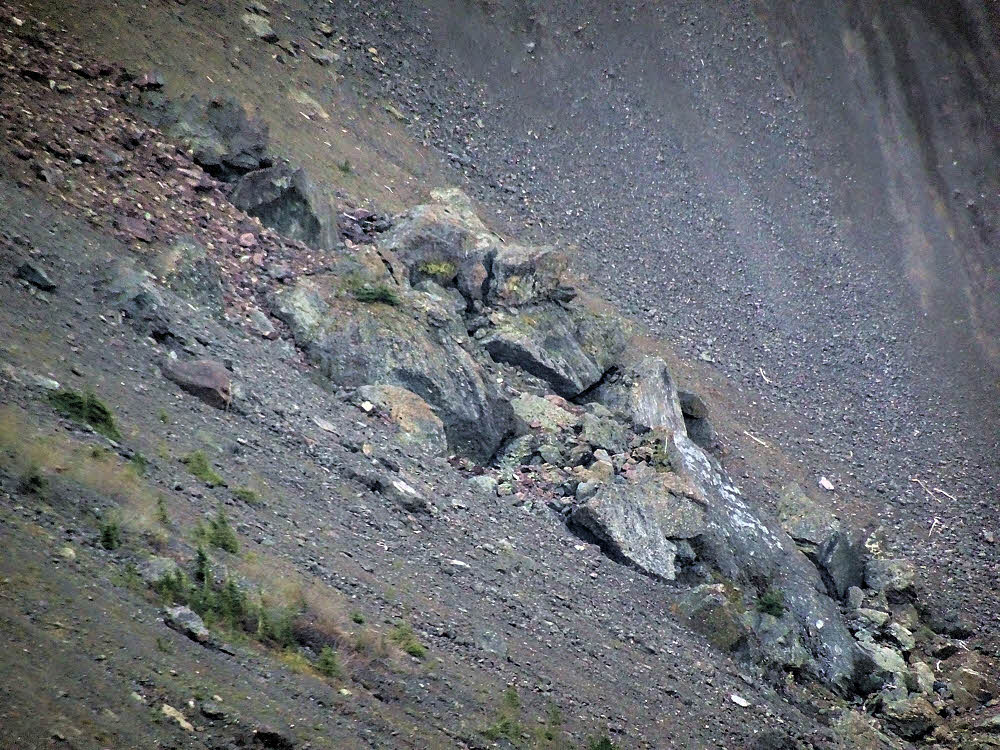
More next week.
Part 2, Kissing Constance.
As always, Effort or Eff it. No sniveling.